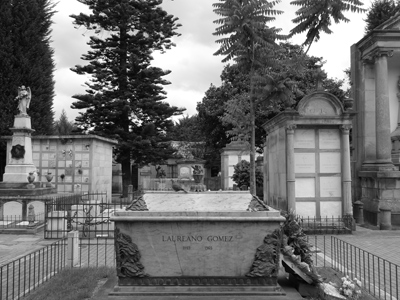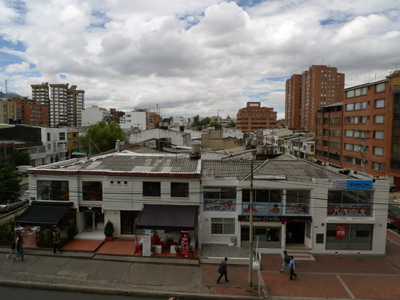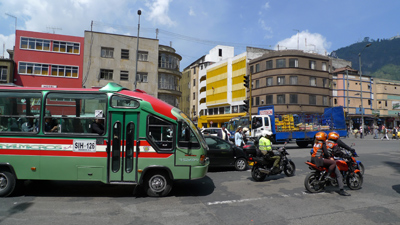bogotá: cementerio central

King Carlos III of Spain declared burials inside or beside churches illegal in 1787, but the American colonies waited awhile to implement those new rules. Old habits are hard to break. Buenos Aires opened Recoleta Cemetery in 1822, but Bogotá inaugurated their first public cemetery much earlier in 1791. The same plan for that first cemetery was used for the layout of the Cementerio Central, opening in 1825.
Read More »bogotá: cementerio central
